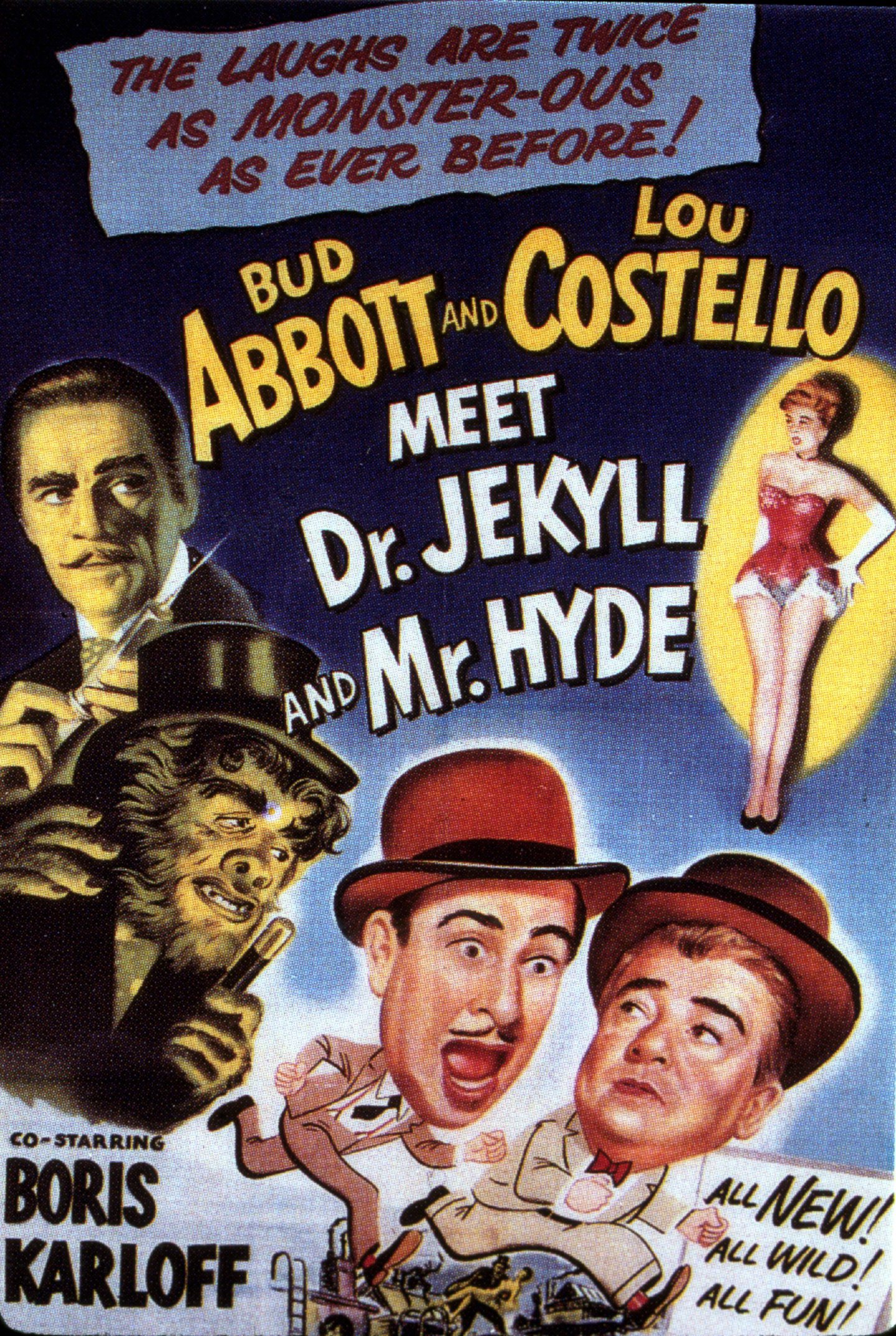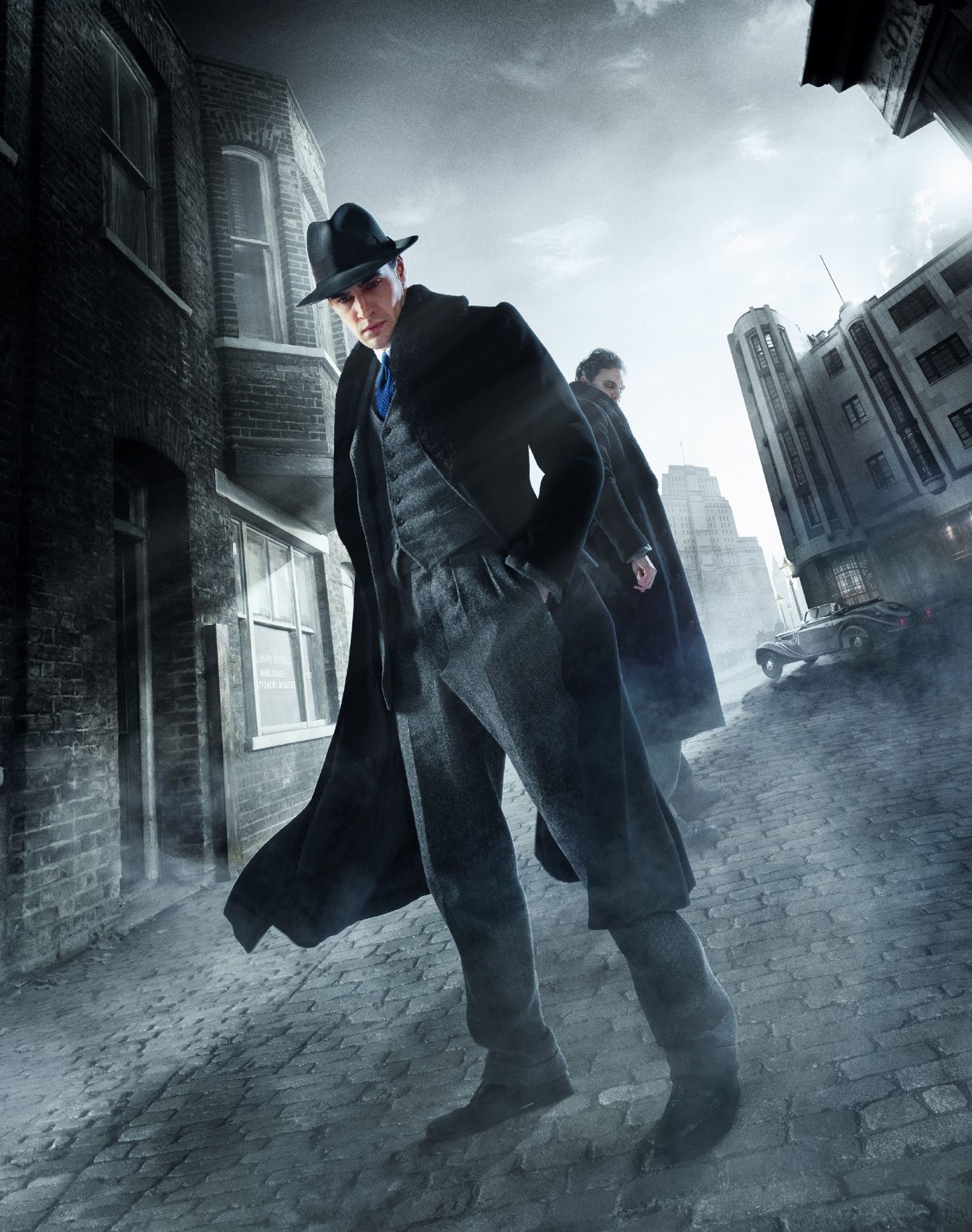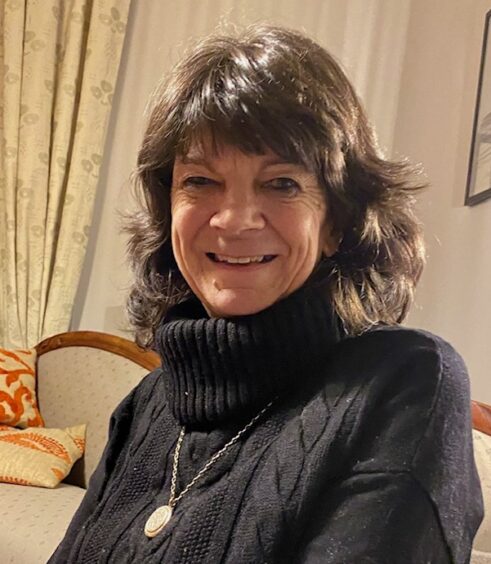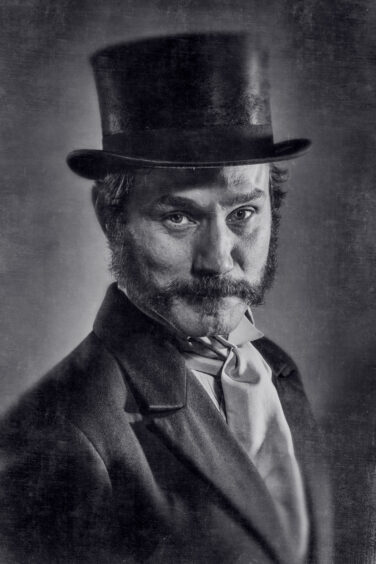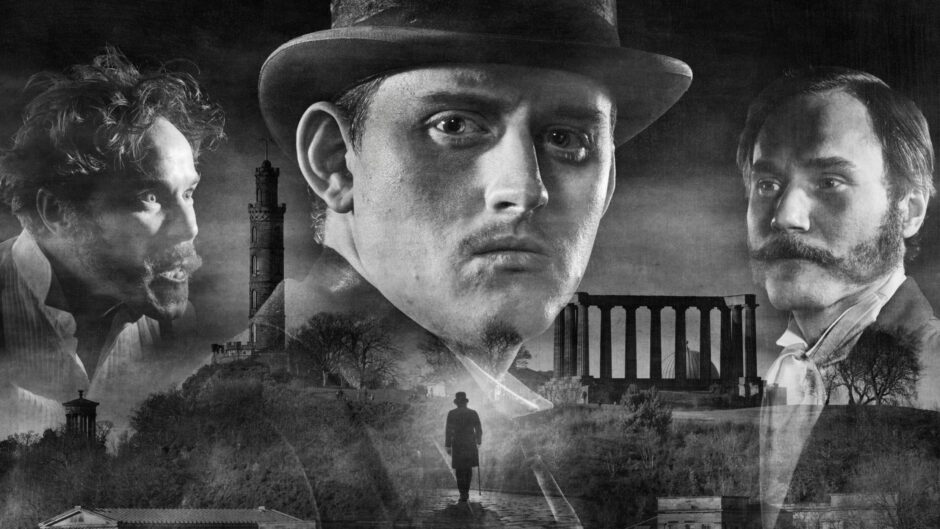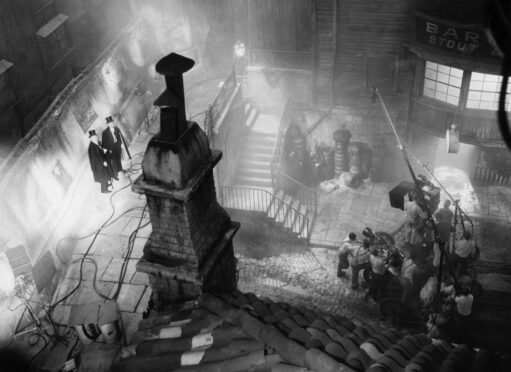
It is almost 136 years since Dr Henry Jekyll’s monstrous alter ego stalked the shadows of London but Edward Hyde has never left our cinemas, screens, stages and nightmares.
First published in 1886, Robert Louis Stevenson’s Gothic novella The Strange Case Of Dr Jekyll And Mr Hyde is a timeless tale of good versus evil that continues to fascinate to this day.
A National Theatre of Scotland production is the latest to put a new wrinkle in the famous story recounting lawyer Gabriel John Utterson’s investigations into the mysterious incidents involving his old friend Dr Jekyll and the sinister Mr Hyde.
The themes of duality, not just between the good of Jekyll and the evil of Hyde, but day and night, open streets and behind closed doors, rich and poor, have been explored in numerous adaptations and experts join the dots between Stevenson’s seminal story and other literary icons from Sherlock Holmes and Rebus to The Incredible Hulk and Batman.
Linda Dryden, Professor of English literature at Edinburgh Napier University, said: “The story of Jekyll and his alter ego, Hyde, is timeless primarily because it taps into deep psychological fears about what the Victorians called ‘the beast within’. As human beings we are capable of tremendous acts of altruism and kindness but we must always suppress our deepest urges towards violence, both physical and psychological.
“In this respect the story dramatises the struggle that takes place within the human psyche to remain ‘civilised’, and the effort to repress our primal urges.”
The first movie version of Stevenson’s novel is believed to be a 16-minute silent horror film of Dr Jekyll And Mr Hyde made in 1908, based on a stage play.
Since then, there have been more than 120 films, from animation to satire to horror, with versions filmed across the world.
Set in London, although heavily inspired by Stevenson’s life in Edinburgh, the Gothic novella isn’t characterised by the usual ancient castles, haunted graveyards or monstrous apparitions.
“It is a tale of the modern city,” added Dryden. “The mundanity and familiarity of the urban environment is disrupted by the uncanny presence of Hyde, who is not a monster in the traditional Gothic sense but a thug, a vandal, a psychologically damaged soul who roams the city streets, terrorising its inhabitants.
“The city is a place of anonymity and Jekyll And Hyde plays on the fears of what lurks behind the closed doors, how the city’s respectable facade can mask unspeakable evils.”
Dryden has researched and taught Stevenson’s work for many years and was involved in creating the annual Robert Louis Stevenson Day on November 13, as well as a website dedicated to him.
She said that some of the appeal of Jekyll And Hyde lies in its simplicity. Rarely will a reader come to the tale unaware of the truth behind the mystery Utterson is trying to unravel but still we read it.
“The answer to that lies in Stevenson’s remarkable ability to weave a story that is both readable and chilling,” she said.
“Ramping up the tension throughout and telling the tale from various perspectives, Stevenson builds a rich, compelling narrative that rewards multiple readings.
“Once picked up, the book cannot be put down, however many times you have pored over it. The horror is all the more shocking for being so matter-of-fact and understated.
“And it is a brief, action-packed read that satisfies our desire for the solution to mysteries – it is, after all, a detective story.”
Much is left to the imagination with only two incidents of Hyde’s evil doings described in text, the rest just alluded to.
Dryden believes it allows our imaginations to fill in the gaps and think of the worst acts that a human can be capable of.
These blanks have often been filled in over the years in adaptations of the book, with additional tales involving characters and murders that did not appear in the original.
“Having his readers help to complete the story, Stevenson draws us in through the complicity of our own imagination,” added Dryden.
As well as various versions over the years, Stevenson’s conception of duality in Jekyll And Hyde has influenced many detective stories and beyond.
The darker sides of Arthur Conan Doyle’s Sherlock Holmes and Ian Rankin’s Inspector Rebus, for example, are clearly influenced by Jekyll’s double life.
“In both cases the horror and violence lurking in the heart of the modern city and in some of its citizens is chilling,” said Dryden.
“And if we look to comic books, the transformations of characters such as the Incredible Hulk, the dual identities of Superman and Batman, and countless others, are doubtless indebted to Stevenson’s imagination.
“Gotham City, even in its name evokes the Gothic and its duality, its night and day depiction in the comic books owes a debt to Stevenson. Were it not for Jekyll And Hyde it is doubtful that Batman would have been conceived.”
In some ways, Stevenson’s own exploits in Edinburgh also had their own duality.
“It is safe to say that the setting of the story is London but its inspiration is Edinburgh,” said Dryden. “Stevenson, the respectable law student by day and the carousing, drunken thrill seeker by night knew well the two sides of Edinburgh: its elegant New Town and sober seat of learning, Edinburgh University, and its seedy, grimy, drunken and crime-riddled quarters of the Old Town, where he spent a youthful night ‘on the town’, drinking and consorting with prostitutes.
“The light and dark sides of Edinburgh find their way inevitably into Stevenson’s portrayal of London in Jekyll And Hyde.”
It’s not one big role, it’s two and I’m throwing myself in
Henry Pettigrew is no stranger to playing a villain, but his latest role sees him take evil to the next level.
The actor, who has starred in Guilt, Line Of Duty, The Danish Girl and The Crown, plays the leads in National Theatre of Scotland’s adaptation of The Strange Case Of Dr Jekyll And Mr Hyde, which will be staged live at Leith Theatre later this month and streamed to cinemas across the UK.
Starring alongside Lorn Macdonald as Gabriel Utterson, Pettigrew has been preparing by watching as many horror films as he can. He admits his first attempts at what should be a “terrifying, demonic character” were almost comical, but he’s now ready to delve deep into his darker side.
“What drew me to the part was the challenge,” he said. “I’ve played quite a few unsavoury, morally corrupt characters before. But Mr Hyde is the manifestation of all of Dr Jekyll’s evil. He’s not a well-balanced person.
“My way into playing characters like that in the past has been finding some kind of vulnerability or justification as to why they do evil acts. There’s no way in with this really!
“The challenge is just having a go and throwing yourself at it and trying not to be too judgmental.
“There are few things in cinema that really scare me so I’ve been watching as many horror films as possible, getting into the style and feel of the film.”
The play is directed by Hope Dickson Leach and written alongside Vlad Butucea, and will provide a unique hybrid experience of theatre and film as audiences enter a live set.
It will give those in attendance a glimpse at how a production is shot – and they won’t be the only ones on a learning curve.
“It’s really exciting doing something that’s never been done before,” said Pettigrew. “Usually in film and TV you have the luxury of having as many goes at it as you can. This time, it’s live.
“You’ve got to hit the right spot on a particular line so that the camera can see it, and there are going to be multiple angles for each scene so if you’re a foot to one side then people are going to see another camera behind you.
“It’s a level of precision I’ve never dealt with. Usually you just get on with your character and the scene but now we’ve got to be hyper aware of where the cameras are.
“I’m learning so much about how television is made, it’s fantastic.”
The new version of the play returns to Robert Louis Stevenson’s original story, following Utterson as he enters a world of dark duplicity to uncover the identity of the mysterious Mr Hyde and the hold he has over his old friend Dr Jekyll.
Utterson’s journey is set against the backdrop of Victorian Edinburgh. Reworked for a contemporary audience, the themes of power, class and masculinity are brought to the fore.
“It’s interesting whether or not these are two people or one person,” Pettigrew said of his role.
“I’m starting to think about it as playing one person really. His motivation is to separate good and evil within himself.
“The story in essence asks and explores why human beings are still capable of doing such horrific things. I think that’s a question we’ll never really be able to answer but we’ll always be asking ourselves.”
Pettigrew recalls being terrified as a child by Michael Caine’s performance in the 1990 film Jekyll And Hyde.
But following in the footsteps of so many acclaimed actors in playing the iconic role doesn’t play on his mind.
“It’s something you don’t want to be weighed down by, any pressure of that,” he said. “If I was to start thinking of all the amazing actors who have had the opportunity to play these roles then you probably wouldn’t do it. You’ve just got to make it your own.”
The Strange Case Of Dr Jekyll And Mr Hyde, Leith Theatre, Friday, February 25, for three days and in cinemas on February 27.

Enjoy the convenience of having The Sunday Post delivered as a digital ePaper straight to your smartphone, tablet or computer.
Subscribe for only £5.49 a month and enjoy all the benefits of the printed paper as a digital replica.
Subscribe